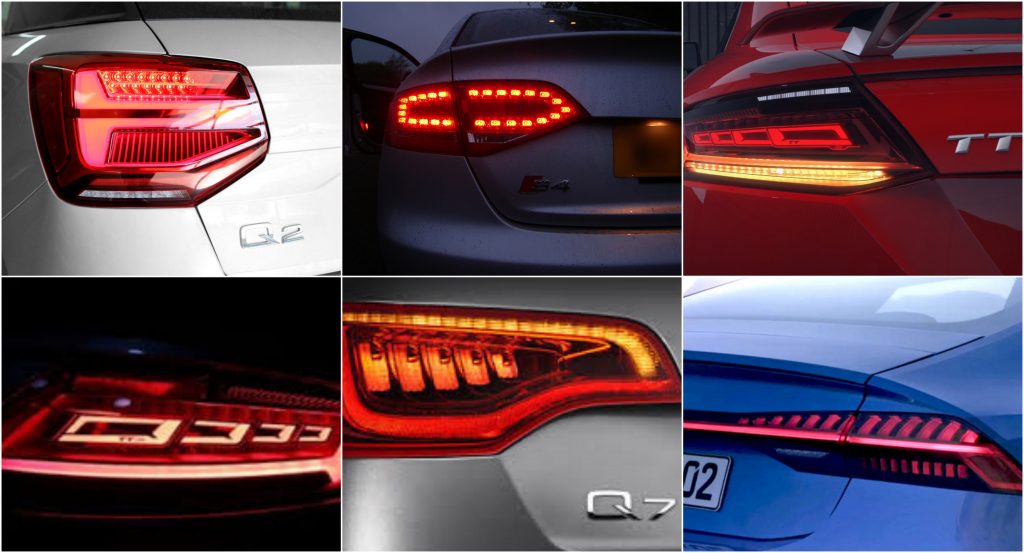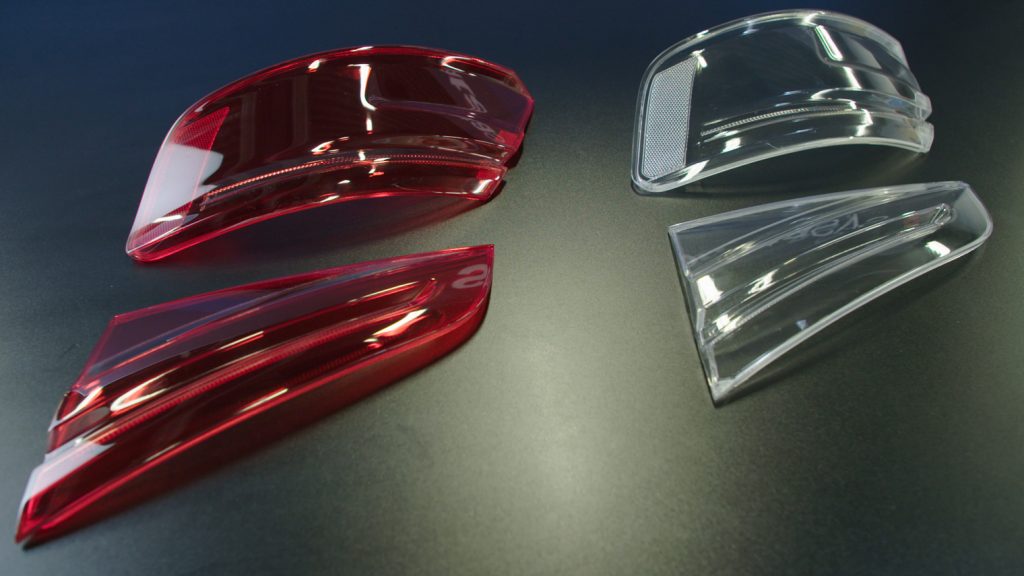The Audi Pre-Series Center in Ingolstadt, Germany, is to adopt Stratasys full-color, multi-material 3D printing for its product design process. According to Dr. Tim Spiering, Head of the Pre-Series Plastics 3D Printing Center at Audi, “Using the J750 for the prototyping of tail light covers, we will be able to accelerate our design verification process,”
“We estimate time-savings of up to 50 percent by using this 3D print technique.”
Audi 3D printing
An early adopter of additive manufacturing technology, Audi has been experimenting with Stratasys 3D printers since 2002. At present, the Audi Plastics 3D Printing Center is equipped with 10 polymer 3D printers including Stratasys FDM and PolyJet machines.
Recently, Audi also partnered with German 3D printer manufacturer EOS and, in metal, the car company also gave an update on its longstanding collaboration with SLM Solutions.
Maintaining a luxury icon
Over the years, Audi has become a household name in the luxury vehicle market for its slick designs, an aesthetic no less carried forward to the the evolution of its tail lights. Dr. Spiering explains “Design is one of the most important buying decisions for Audi customers, therefore it’s crucial we adhere to supreme quality standards during the design and concept phase of vehicle development.”

The purpose of the Pre-Series Centre is to put all new component designs through rigorous testing before it makes it to the road model.
Traditionally, new Audi tail lights would be produced using milling or injection molding. To achieve the multicolor composition of the lights, often red and orange, or red and white, milled and molded tail lights would have to be assembled from multiple parts. This is where we get to the first advantages of selecting 3D printing instead.
The essential tool for speeding cars to market
On the Stratasys J750, the Plastics 3D Printing Center team can make multicolor, mutlimaterial tail lights in single process, made of one whole part, saving crucial time and effort that has a knock-on effect when bringing a car to market.

After a run of 3D printed tail lights, Dr. Spiering says, “The Stratasys J750 3D Printer will offer us a significant advantage, as it allows us to print the exact textures and colors our design defines. This is essential for getting design concepts approved for production.”
Furthermore, “In terms of 3D printing transparent parts, I have not seen a comparable technology that meets our standards.”
Subscribe to the 3D Printing Industry newsletter, follow us on Twitter and like us on Facebook, to get ahead of all the latest automotive news and more.
Sign up to 3D Printing Jobs to post and find new opportunities near you.
Featured image shows Audi tail lights produces on a J750. Photo via Stratasys



